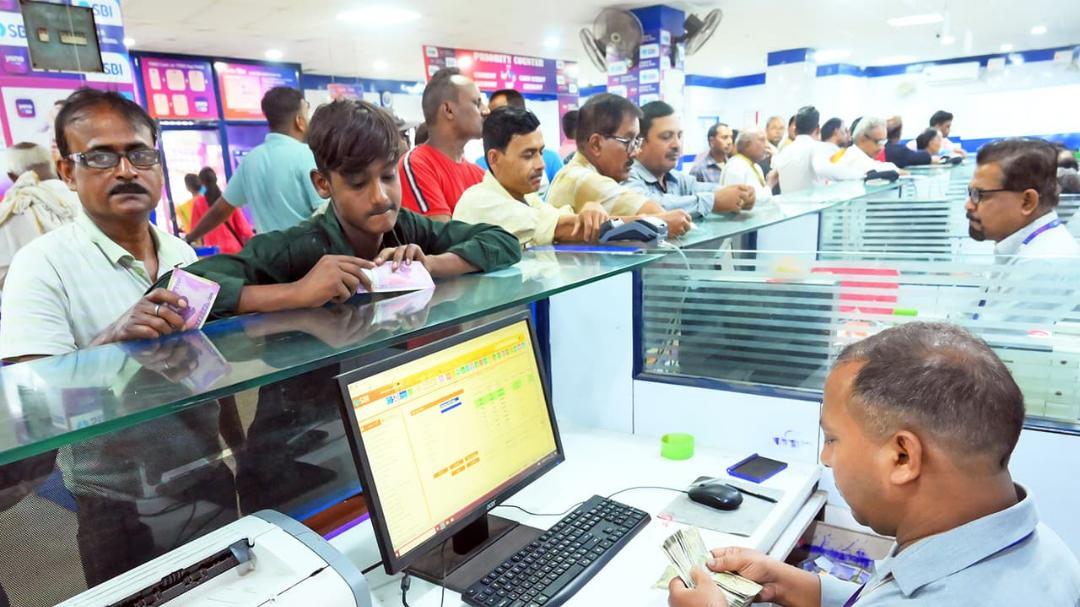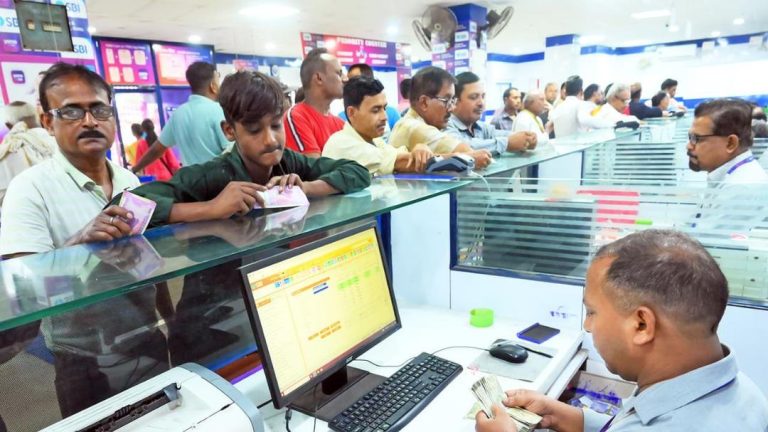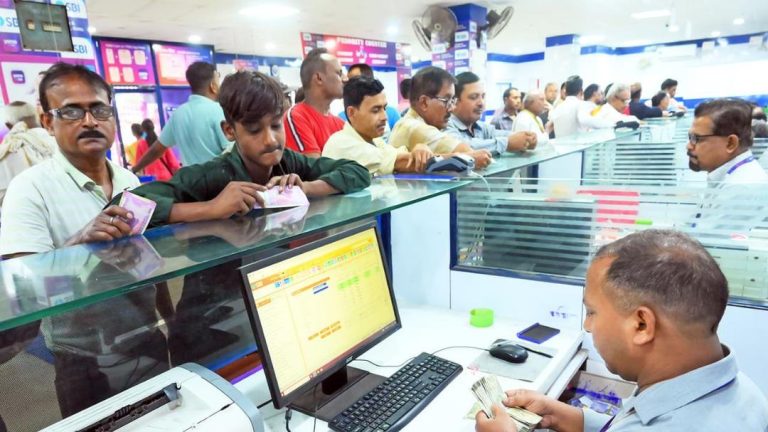
RBI’s government securities holdings jump to 14.2%: SBI report
The Reserve Bank of India’s (RBI) share in government securities has witnessed a significant surge, rising to 14.2% in June 2025 from 11.9% last year, according to a recent report by the State Bank of India (SBI). This notable increase in the RBI’s holdings is a result of the central bank’s efforts to manage the country’s debt and maintain liquidity in the market. The report also highlights the reduction in exposure by banks and the stability in insurance holdings, which are crucial factors in the government securities market.
The government securities market is a vital component of the Indian economy, with the RBI playing a pivotal role in managing the supply of government bonds and maintaining stability in the financial system. The RBI’s increased holdings in government securities are a testament to its commitment to supporting the government’s borrowing program and ensuring that the debt market remains stable. However, this increase in holdings also raises questions about the potential impact on bond yields and the overall liquidity in the market.
The SBI report notes that the RBI’s increased holdings in government securities have been accompanied by a reduction in exposure by banks. This reduction in exposure is a result of banks’ efforts to manage their risk and maintain their capital adequacy ratios. Banks have been reducing their investments in government securities, which has led to a decrease in their share in the market. On the other hand, insurance companies have maintained their holdings in government securities, which has helped to stabilize the market.
The increase in the RBI’s holdings in government securities comes at a time when the government is expected to undertake heavy borrowings, both at the central and state levels. The government’s borrowing program is expected to put pressure on the bond market, which could lead to an increase in bond yields. However, the RBI’s increased holdings in government securities are likely to keep bond yields rangebound, as the central bank will continue to absorb a significant portion of the government’s debt.
The RBI’s forex interventions have also had a significant impact on the liquidity in the market. The central bank has been intervening in the foreign exchange market to manage the value of the rupee, which has led to a tightening of liquidity in the system. This tightening of liquidity has prompted the RBI to undertake fresh Open Market Operations (OMO) to inject liquidity into the market. The OMOs have helped to ease the pressure on the bond market and maintain stability in the financial system.
The increase in the RBI’s holdings in government securities also raises questions about the potential impact on the monetary policy transmission. The RBI’s monetary policy decisions have a significant impact on the bond market, and the increase in its holdings in government securities could affect the transmission of monetary policy. The RBI will need to carefully manage its holdings in government securities to ensure that the monetary policy transmission remains effective.
In conclusion, the RBI’s increase in government securities holdings to 14.2% is a significant development in the Indian bond market. The reduction in exposure by banks and the stability in insurance holdings are also crucial factors that will shape the market in the coming months. With heavy central and state borrowings ahead, the bond yields are likely to remain rangebound, and the RBI’s forex interventions will continue to play a crucial role in managing liquidity in the market. As the Indian economy continues to evolve, the RBI’s management of the government securities market will remain a critical factor in maintaining stability and supporting economic growth.





